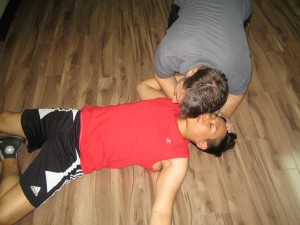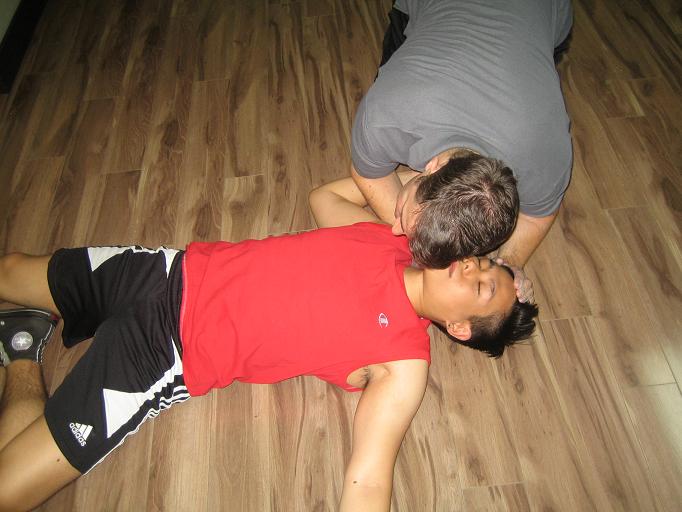A broken bone, which is medically termed as fracture, is a break in the continuity of bone. It occurs when the bone can no longer absorb the stress it receives. Broken bones are usually characterized by extreme pain, deformity, loss of function, local swelling, discoloration, shortening of the extremity, and crepitus. Immediate and proper first aid management of fracture can help prevent further complications and it can also provide the person with a fracture a significant relief upon the application of a first aid treatment.
Types of fracture
Fractures may be classified as complete or incomplete, and closed (simple) or open (compound). A complete fracture includes having two bone fragments totally separated from each other. The bone is usually displaced from its normal position under this condition. An incomplete fracture only includes a break in the part of the cross section of the bone while a fracture is called open or compound if the bone protrudes through the skin. If there is no break in the skin, the condition is referred to as a closed fracture. Another classification of the condition is according to the specific types of fractures such as greenstick, transverse, oblique, comminuted, spiral, depressed, impacted, etc.
First aid management for a broken bone
The management of a broken bone requires gentle and minimal movement as much as possible in order to prevent further bone displacement. Follow these steps when helping a person with a fractured bone.

1.) Call for help. Fractures may cause intense pain and bleeding. It is important to bring the victim of a broken bone in the nearest hospital for further assessment and management. Immediately call for medical help upon seeing a person with a broken bone before applying any possible intervention. 2.) Immobilize. An injured person may be in the state of shock or confusion right after the injury, and would attempt to walk, not aware of having a fracture. Thus, it is necessary that the injured body part must be immobilized before the patient is transferred. Immobilization may be done through adequate splinting with the use of well-padded splints if available. If there is none, you can move an extremity by supporting it above and below the fracture site. Maintain a broken bone to an “as is” position. This is vital to prevent additional pain and damage, as well as bleeding in the adjacent tissues. 3.) Bandaging. Immobilization could also be done by bandaging the extremities together. The unaffected extremity could serve as a splint. For example, the middle finger can be bandaged with a broken index finger to serve as a splint. An important consideration when bandaging is to frequently assess the circulation distal to the injury for adequate perfusion. For example, in a broken elbow, pressing the nail bed and observing the blood return of less than two (2) seconds implies good circulation. 4.) Cold Compress. Applying ice packs wrapped in any piece of cloth can help minimize the swelling and the pain. 5.) Stop Bleeding. In cases of open fractures, the wound should be covered with a sterile dressing to prevent further infection. Pressure is applied to the wound in order to minimize the bleeding. If the patient is observed to be in the state of shock with the symptoms of syncope, rapid breathing, rapid heartbeat, position the head slightly lower than the trunk, or elevate the legs if it is not contraindicated under the circumstances. References: WebMD. Fractures. Retrieved on June 24, 2014 from http://www.webmd.com/a-to-z-guides/understanding-fractures-basic-information

